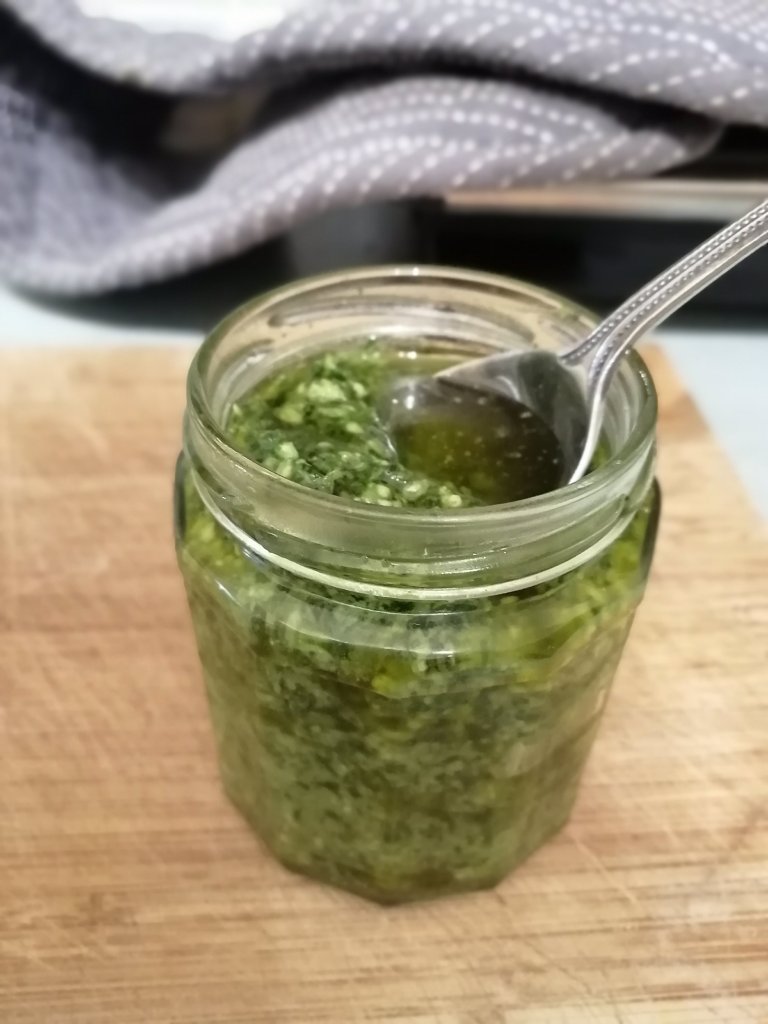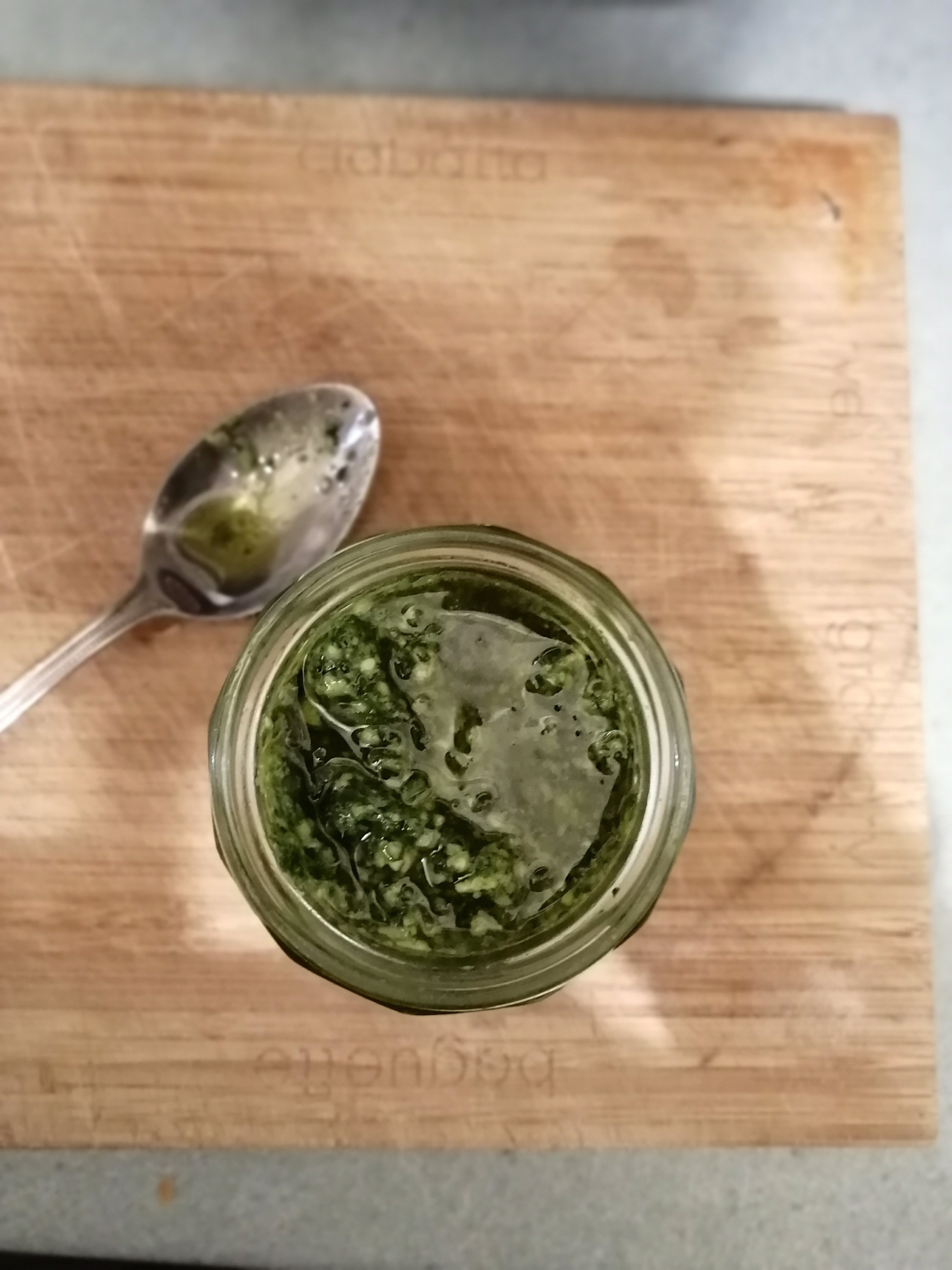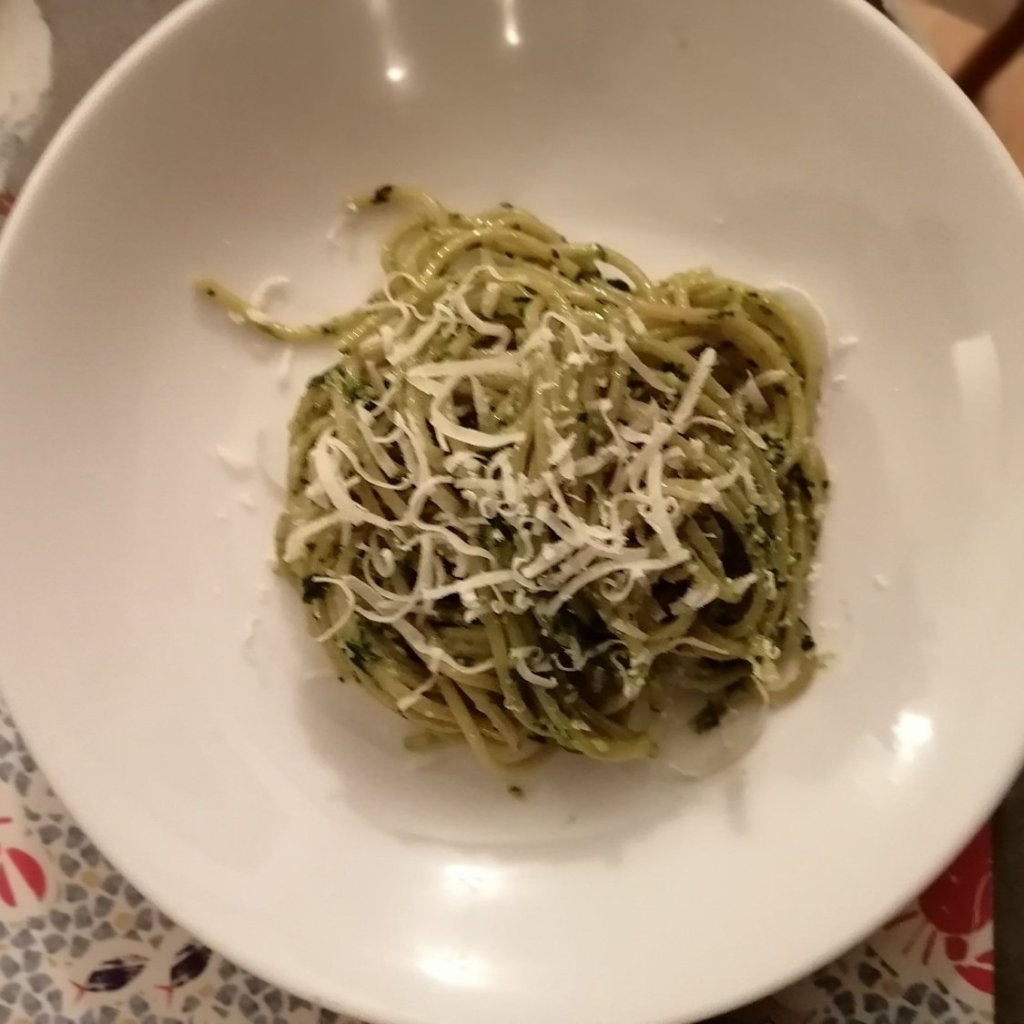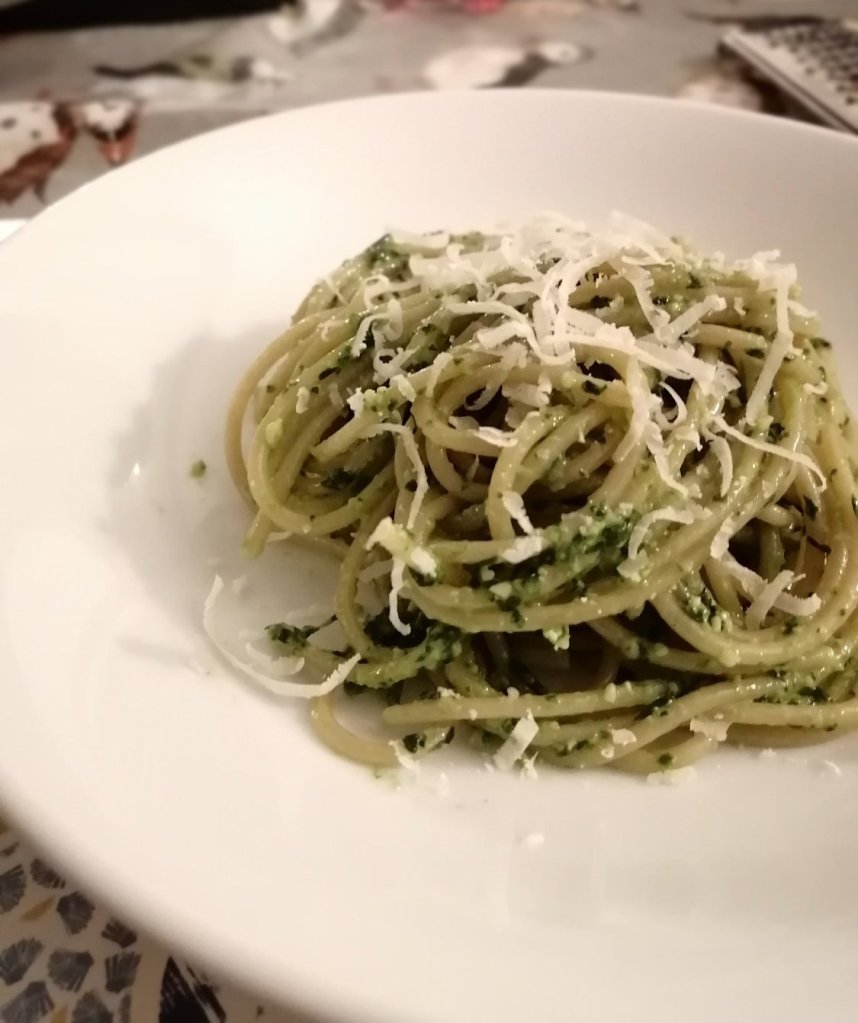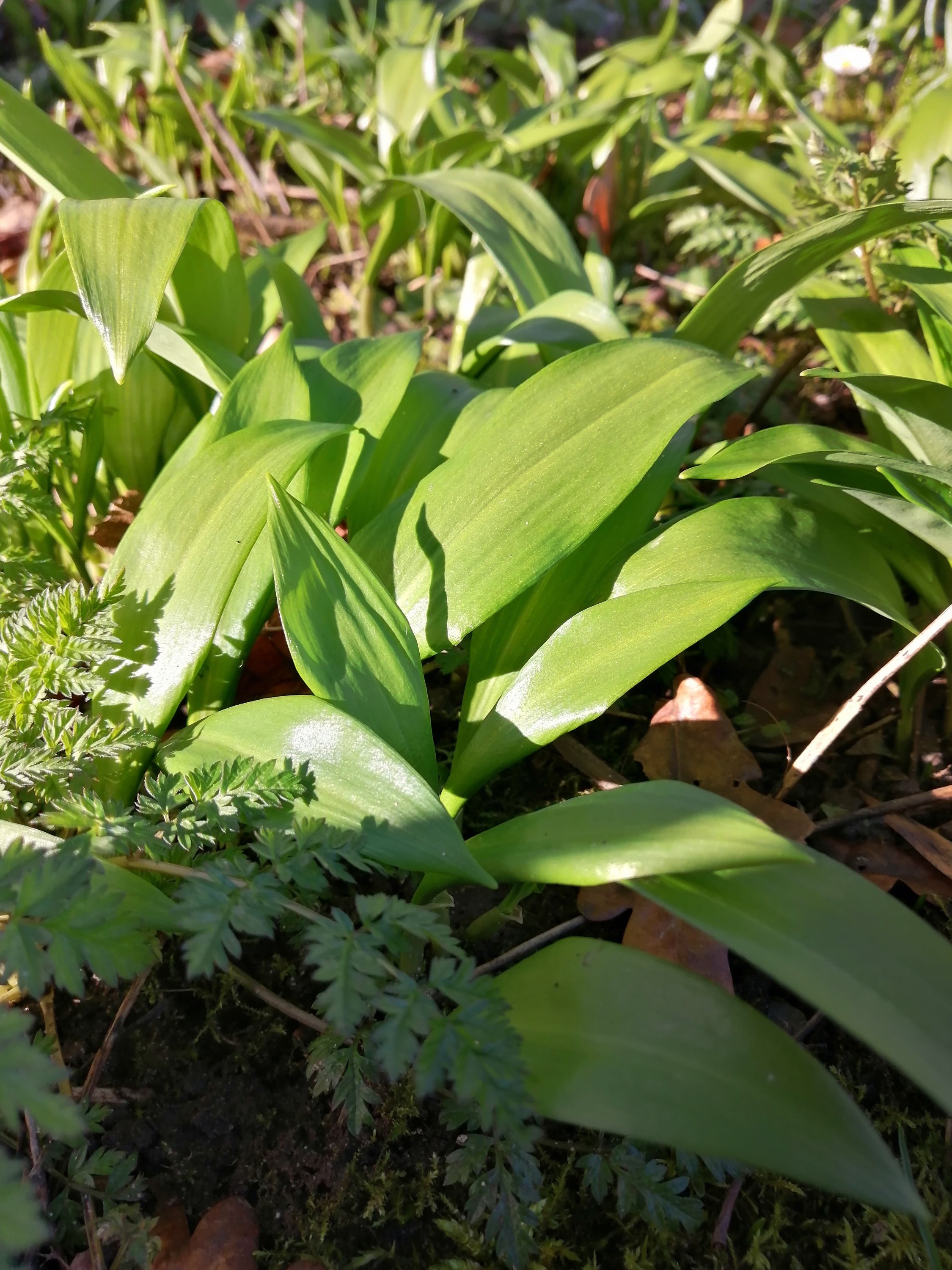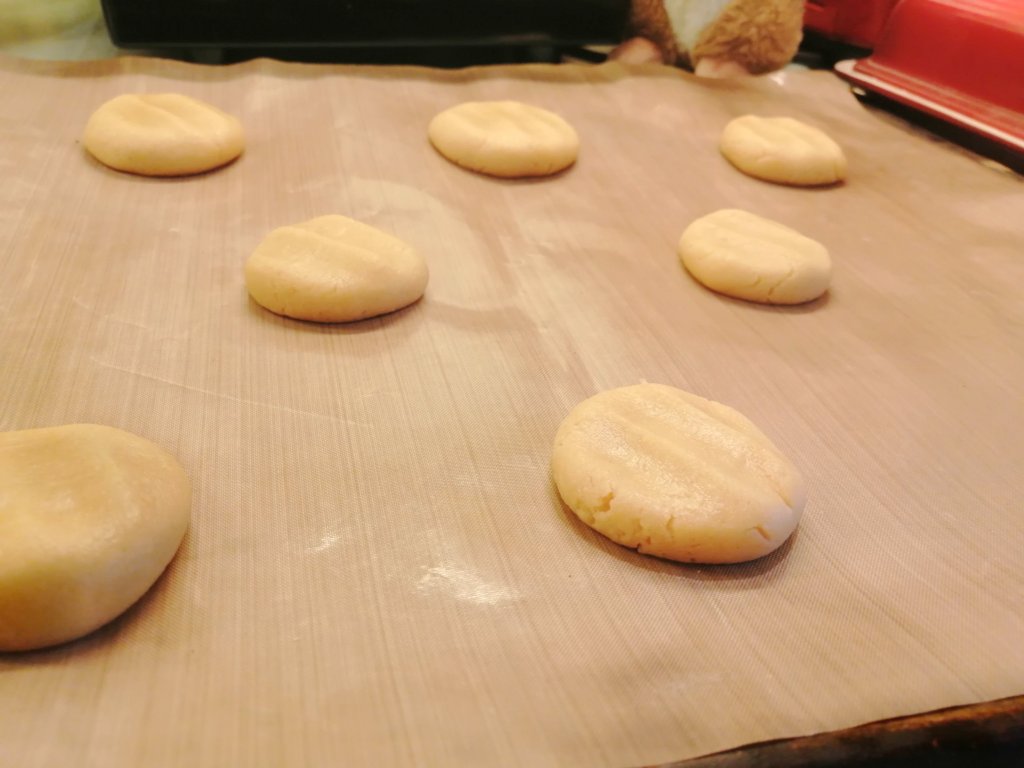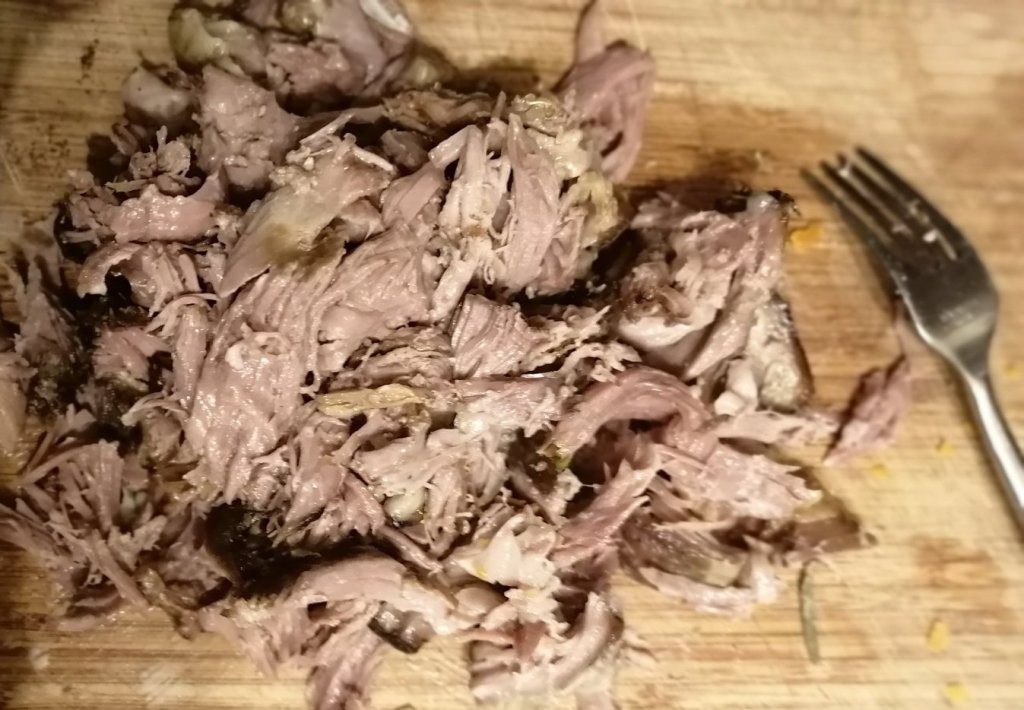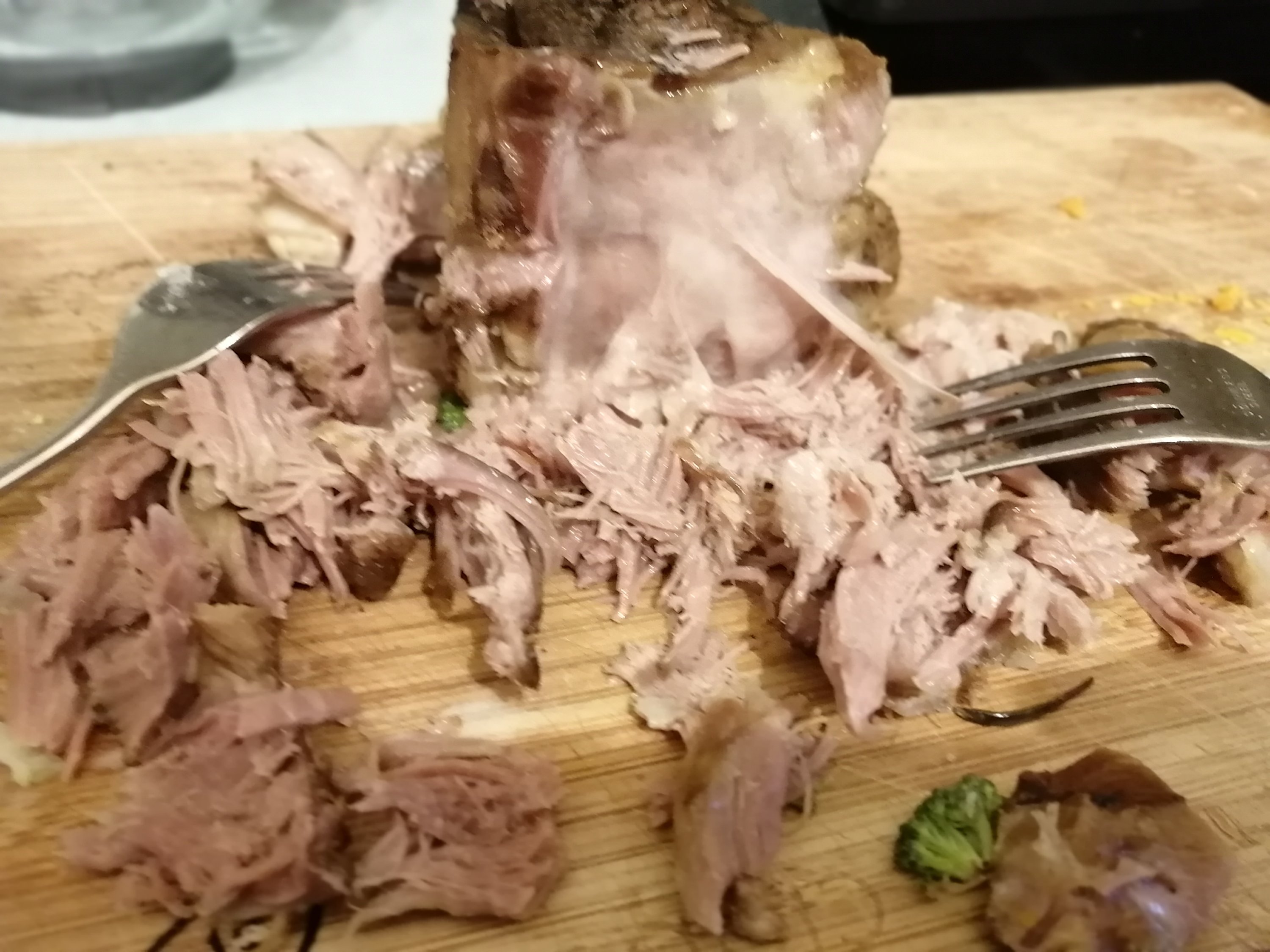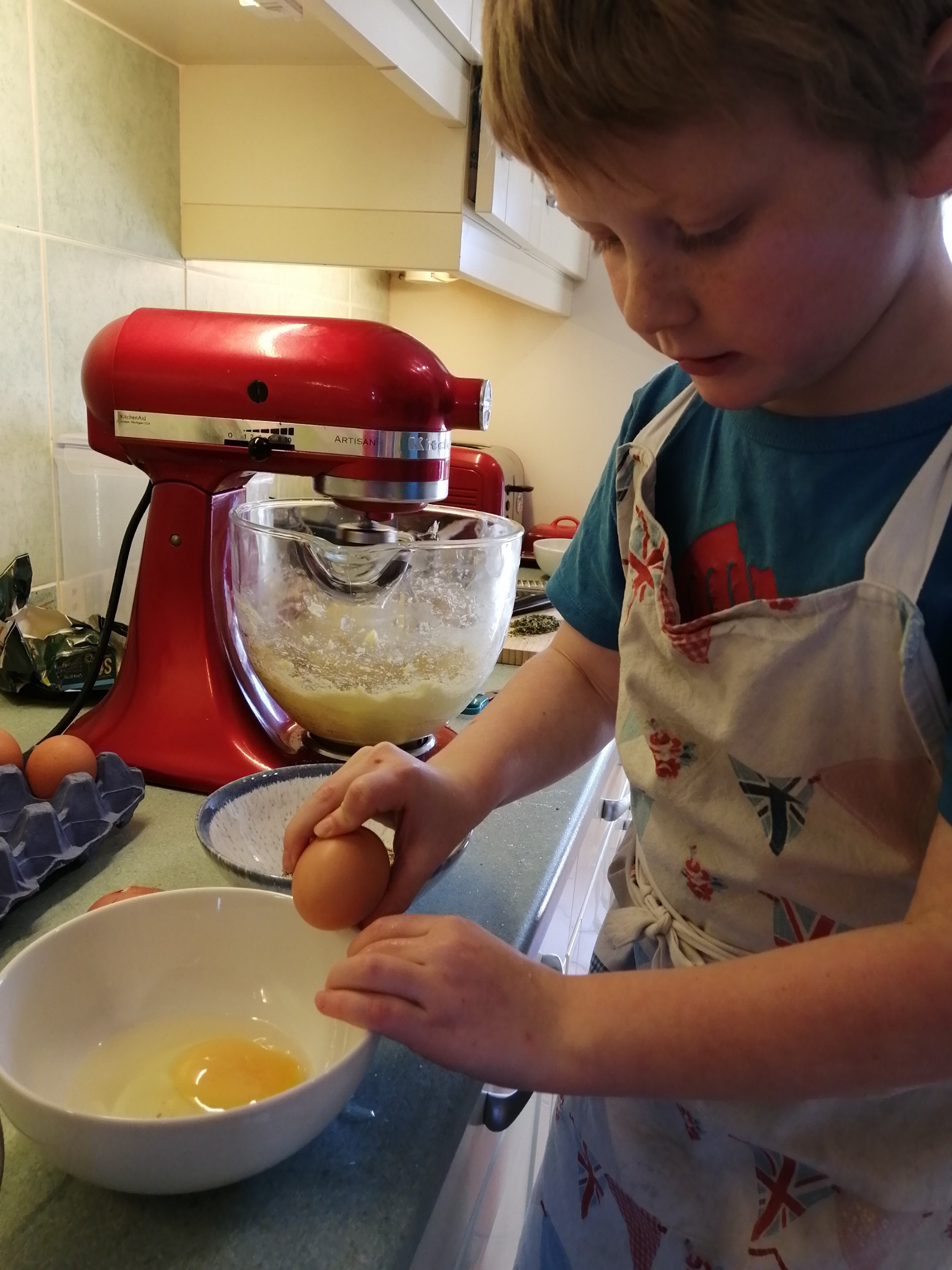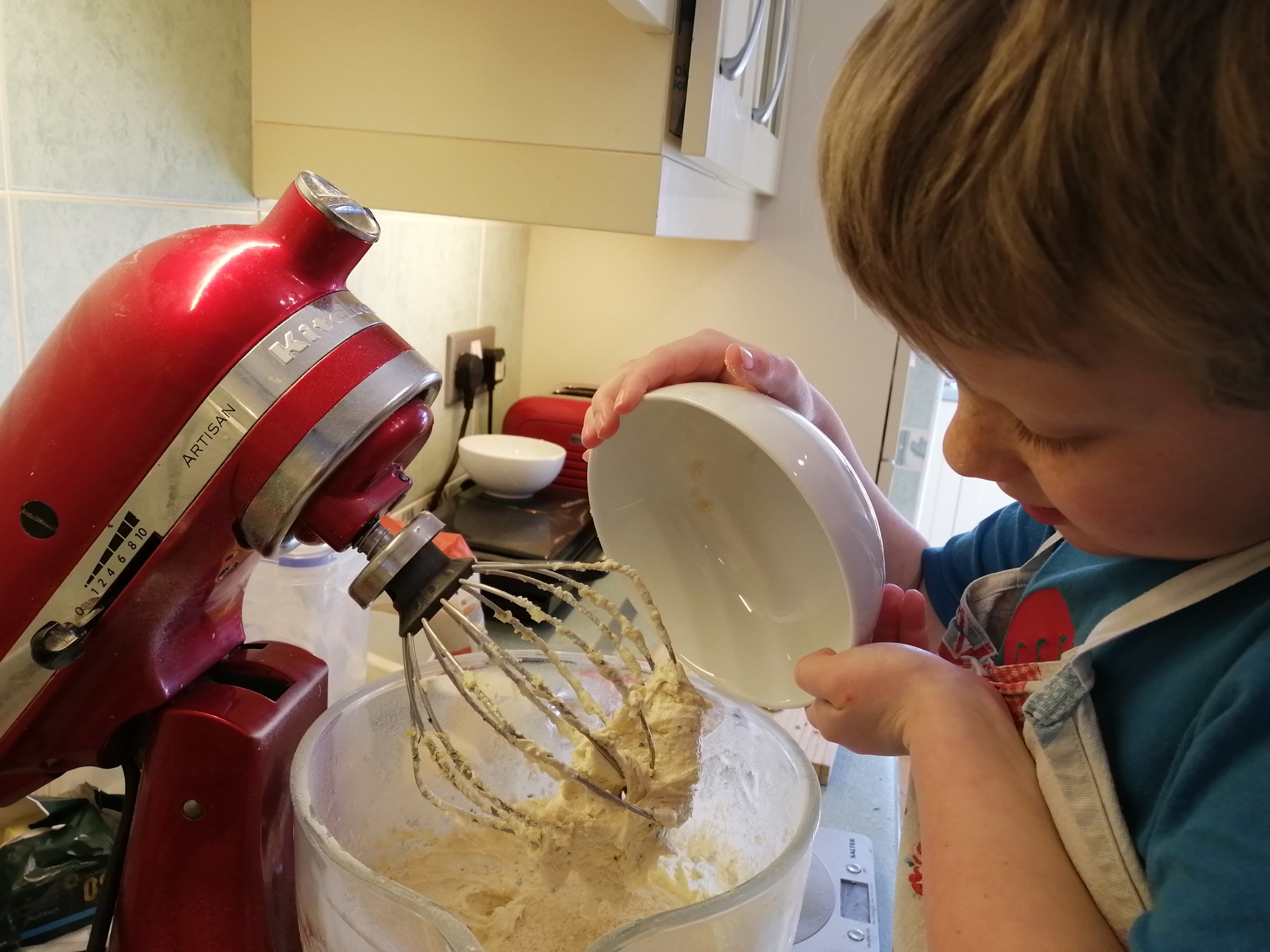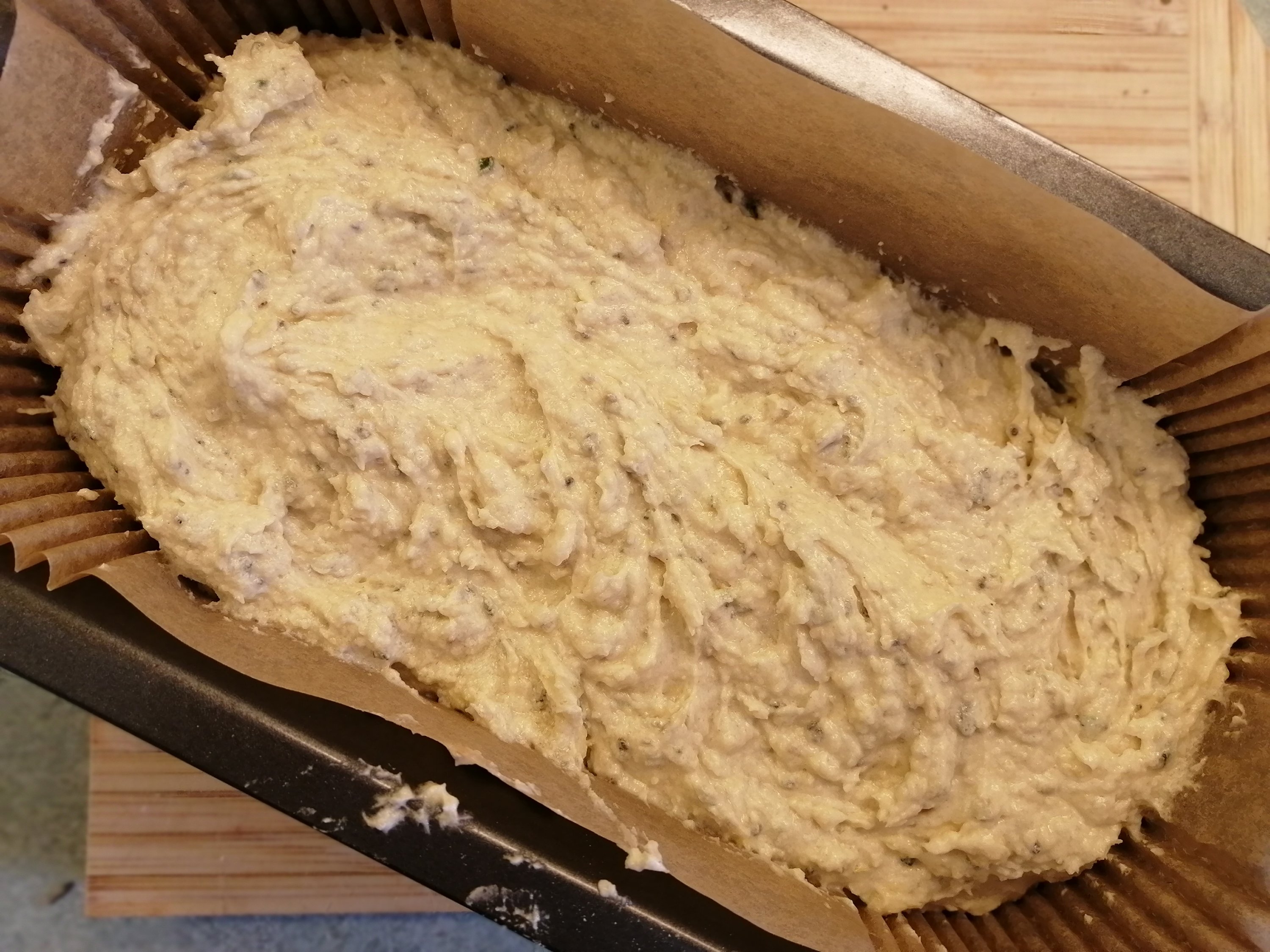
This delicious recipe is oh so simple to create and a big hit with my kids who, usually averse to anything green, have renamed it seaweed pasta. The recipe can be used wherever regular pesto is called for. I find it works well on flatbreads, swirled into houmous or dotted on a salad.
Today I went for a walk with the kids and was delighted to see the first wild garlic leaves beginning to appear in our regular patch. Last year we collected bagfuls of the stuff (in cut and come-again style) and made batches of pesto, garlic bud capers, froze loose washed leaves, made wild garlic salt and wild garlic butter too. I literally finished the last bag from the freezer last week, so it was perfect timing. Obviously it’s not the time to harvest lots, but we gathered a few handfuls of the larger leaves and made a tasty tea.
As with any foraging: be mindful of whose land you are on and only take what you need. Plus, avoid areas where dogs might have been taking a tinkle!
RECIPE
SERVES 4
ingredients
- 80g wild garlic, washed
- 40g nuts (I used hazelnuts and brazil nuts- pine nuts work well too)
- approx 150ml olive oil
- 50g grated parmesan
- juice 1/2 lemon
- salt and pepper to taste
- In a food processor or blender, blitz together the wild garlic and nuts until the nuts are fine
- Add the rest of the ingredients – the oil and lemon juice should be added gradually until the correct consistency is achieved.
- Serve stirred through al dente spaghetti.
- Any leftover pesto can be stored in a clean jar in the fridge. If you wish to make this in bulk, you can freeze in jars, provided you leave room for expansion.
